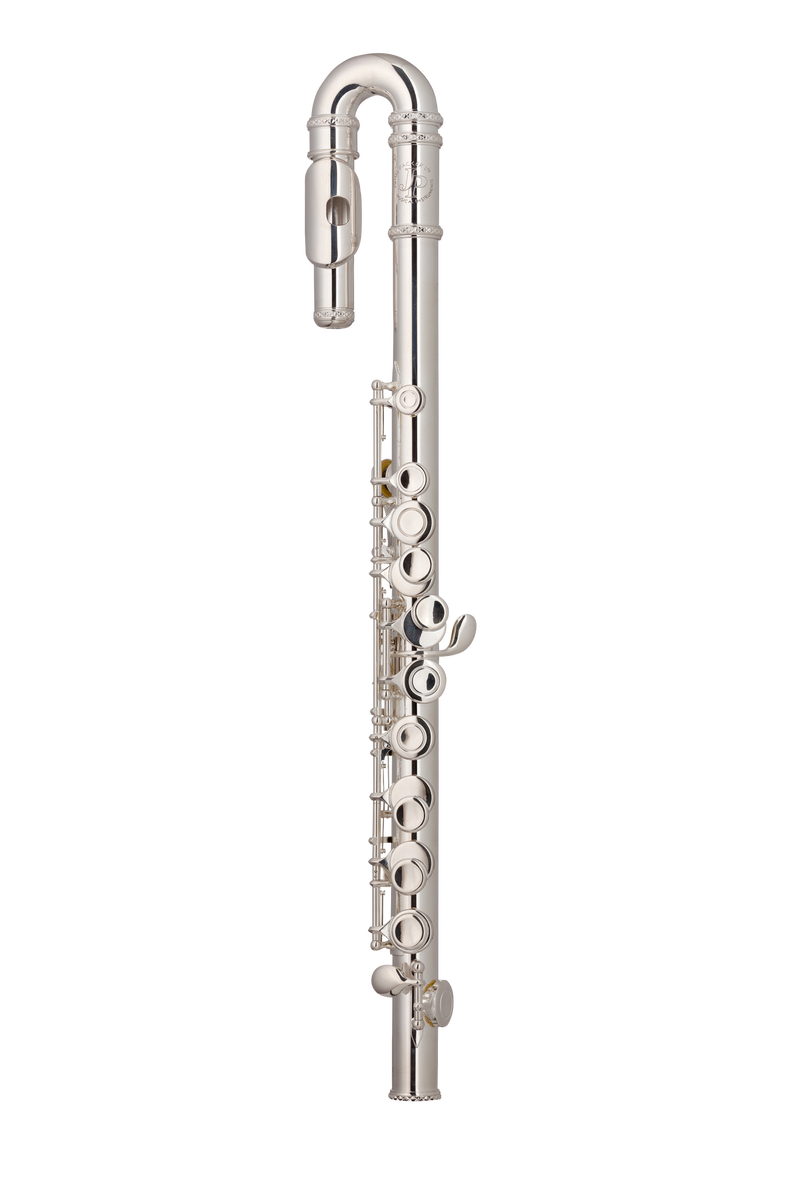
This image has format transparent PNG with resolution 799x1200.
You can download this image in best resolution from this page and use it for design and web design.
Flute PNG with transparent background you can download for free, just click on download button.
The flute is a family of musical instruments in the woodwind group. Unlike woodwind instruments with reeds, a flute is an aerophone or reedless wind instrument that produces its sound from the flow of air across an opening. According to the instrument classification of Hornbostel–Sachs, flutes are categorized as edge-blown aerophones. A musician who plays the flute can be referred to as a flute player, flautist, flutist or, less commonly, fluter or flutenist.
Flutes are the earliest extant musical instruments, as paleolithic instruments with hand-bored holes have been found. A number of flutes dating to about 43,000 to 35,000 years ago have been found in the Swabian Jura region of present-day Germany. These flutes demonstrate that a developed musical tradition existed from the earliest period of modern human presence in Europe.
A flute produces sound when a stream of air directed across a hole in the instrument creates a vibration of air at the hole. The airstream creates a Bernoulli or siphon. This excites the air contained in the usually cylindrical resonant cavity within the flute. The flutist changes the pitch of the sound produced by opening and closing holes in the body of the instrument, thus changing the effective length of the resonator and its corresponding resonant frequency. By varying the air pressure, a flutist can also change the pitch by causing the air in the flute to resonate at a harmonic rather than the fundamental frequency without opening or closing any holes.
Head joint geometry appears particularly critical to acoustic performance and tone, but there is no clear consensus on a particular shape amongst manufacturers. Acoustic impedance of the embouchure hole appears the most critical parameter. Critical variables affecting this acoustic impedance include: chimney length (hole between lip-plate and head tube), chimney diameter, and radii or curvature of the ends of the chimney and any designed restriction in the "throat" of the instrument, such as that in the Japanese Nohkan Flute.
A study in which professional flutists were blindfolded could find no significant differences between flutes made from a variety of metals. In two different sets of blind listening, no flute was correctly identified in a first listening, and in a second, only the silver flute was identified. The study concluded that there was "no evidence that the wall material has any appreciable effect on the sound color or dynamic range".
In this page you can download free PNG images: Flute PNG images free download